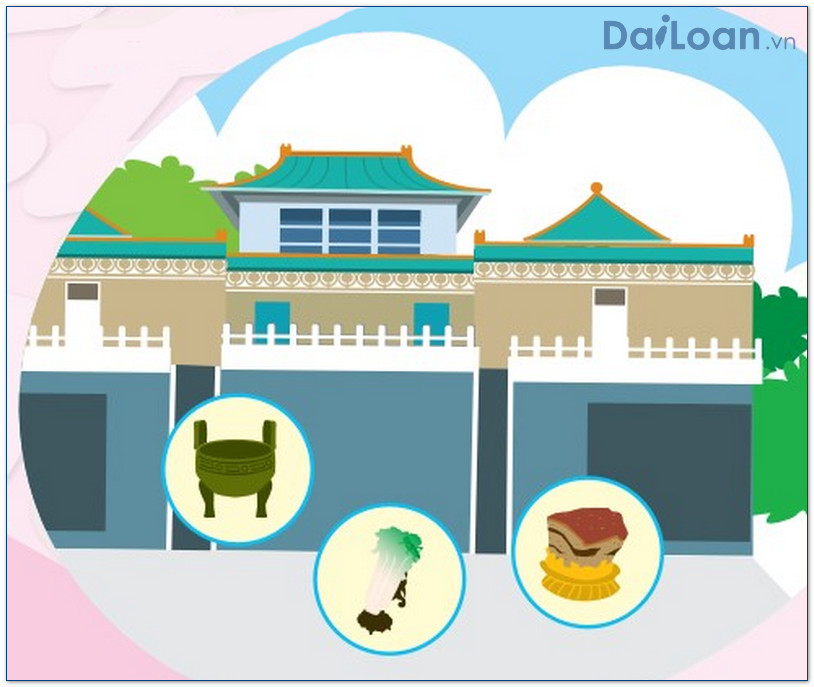In the journey of mastering the Chinese language, understanding specific terms and their uses is crucial. One such term is 弊端 (bì duān), which carries significant weight in both formal and informal contexts. This article delves into the meaning, grammatical structure, and example sentences of this essential vocabulary word.
What Does 弊端 (bì duān) Mean?
The term 弊端 (bì duān) refers to a downside, drawback, or defect. It is often used to highlight the negative aspects or shortcomings of a situation, system, or practice. In both academic and everyday conversations, recognizing these drawbacks is vital for making informed decisions.
Contextual Meaning
In various contexts, 弊端 can indicate issues related to policies, practices, products, or personal behaviors that might hinder efficiency or effectiveness. It functions as a critique but can also serve as a catalyst for innovation and improvement when identified early.
The Grammatical Structure of 弊端
Grammatically, 弊端 consists of two characters:
- 弊 (bì): This character means “harm,” “damage,” or “evil,” and sets a negative tone.
- 端 (duān): This character can mean “end,” “aspect,” or “side,” and is often used to refer to the beginning or end of something.

Together, 弊端 captures the essence of deficiencies or negative aspects attached to a subject, making it a compound noun commonly employed in discussions around policies and evaluations.
Usage in Sentences
The versatility of 弊端 makes it suitable for various sentence structures. Below are several example sentences that illustrate its usage:
Formal Use
- 在该政策的实施过程中,许多弊端逐渐显露出来。
- While implementing this policy, many drawbacks have gradually come to light.
Informal Use
- 这种方法有不少弊端,我觉得我们应该考虑改变。
- This method has several drawbacks; I think we should consider making a change.
In Business Contexts
- 公司的新策略虽然有其优点,但也存在许多弊端。
- Although the new strategy of the company has its advantages, it also has many drawbacks.
Broader Implications of Recognizing 弊端
Recognizing and addressing  弊端 is crucial for growth and development. In many sectors, including education, healthcare, and corporate environments, understanding the negative implications can lead to better practices, improving overall outcomes.
弊端 is crucial for growth and development. In many sectors, including education, healthcare, and corporate environments, understanding the negative implications can lead to better practices, improving overall outcomes.
Conclusion
In summary, 弊端 (bì duān) provides valuable insights into the negatives associated with various scenarios, encouraging critical thinking and discourse. By incorporating this term into your vocabulary, you can enhance your understanding of Chinese communication, especially in analytical contexts.

Sứ mệnh của Chuyên là giúp đỡ và truyền cảm hứng cho các bạn trẻ Việt Nam sang Đài Loan học tập, sinh sống và làm việc. Là cầu nối để lan tỏa giá trị tinh hoa nguồn nhân lực Việt Nam đến với Đài Loan và trên toàn cầu.
CÓ THỂ BẠN QUAN TÂM
Du học Đài Loan
Lao Động Đài Loan
Việc Làm Đài Loan
Đơn Hàng Đài Loan
Visa Đài Loan
Du Lịch Đài Loan
Tiếng Đài Loan
KẾT NỐI VỚI CHUYÊN
Zalo: https://zalo.me/0936126566
Website: www.dailoan.vn




